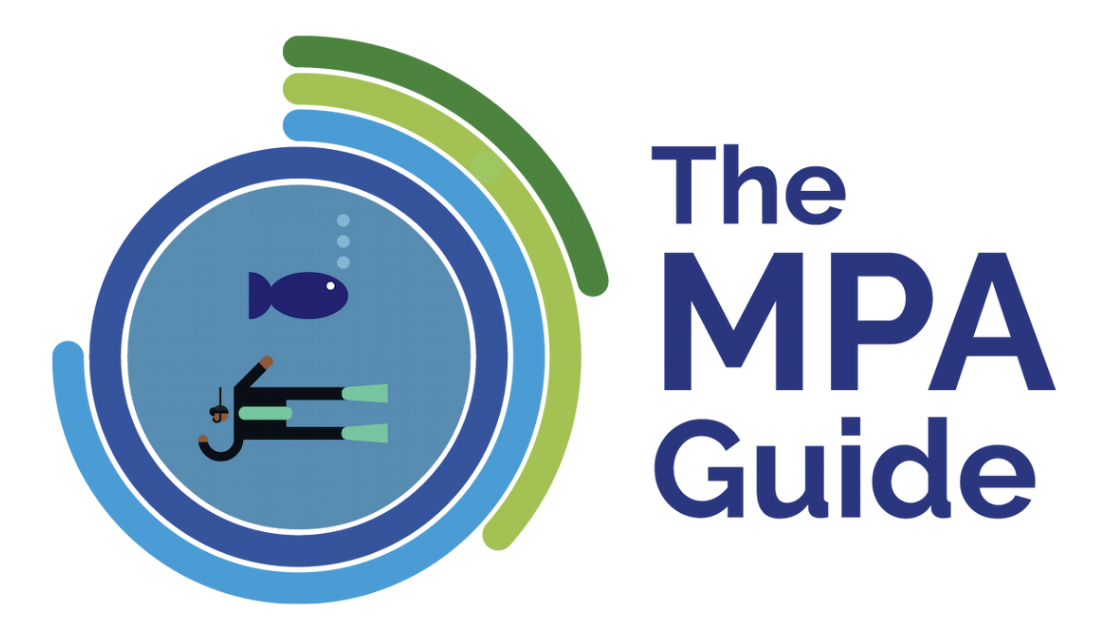The acronym MPA stays for Marine Protected Area. But what is an MPA? What is its level of protection? How does an MPA relate to the different IUCN categories of protected areas? Does, e.g. the LT&C Example Candidate “Raet national park” meets the international criteria for IUCN category II (national park) or is it so far only a “paper park”, as representatives of the Norwegian Marine Research Institute recently called it?

Answers to this are very important if to understand right what is needed to reach the 30×30 Goal, the protection of 30% of the global land and seas space by 2030. The new MPA Guide, which a consortium of the most relevant protected area and marine institutions, such as the IUCN World Commission on Protected Areas (WCPA), UNEP-WCMC and the Marine Conservation Institute, just have published, helps to get answers to these questions. The Navigator of Ocean Unite describes it as follows: The MPA Guide: A Framework to Achieve Global Goals for the Ocean is a scientific, peer-reviewed synthesis that includes a system designed to combat inconsistency and confusion in the current marine protection system. Informed by decades of social and ecological research, the synthesis aims to connect MPA science to management and policy action by proposing a new, science-driven, policy-relevant framework to categorize MPAs and track their outcomes for nature and people. The MPA Guide provides tools to illuminate how much of the ocean is currently Fully to Highly Protected, highlight places where MPAs are not yet implemented and identify prime opportunities to support communities and countries to design and modify MPAs to make effective protection a reality. It gives everyone a clear scientific framework to consistently plan, map out, evaluate and monitor the achievement of their MPA goals. As co-author Dr. Naomi Kingston from UNEP-WCMC explains, “If the global community can use it to scale up the level of protection, extent, and effectiveness of MPAs, we can achieve our global ambition to conserve life in the ocean.”
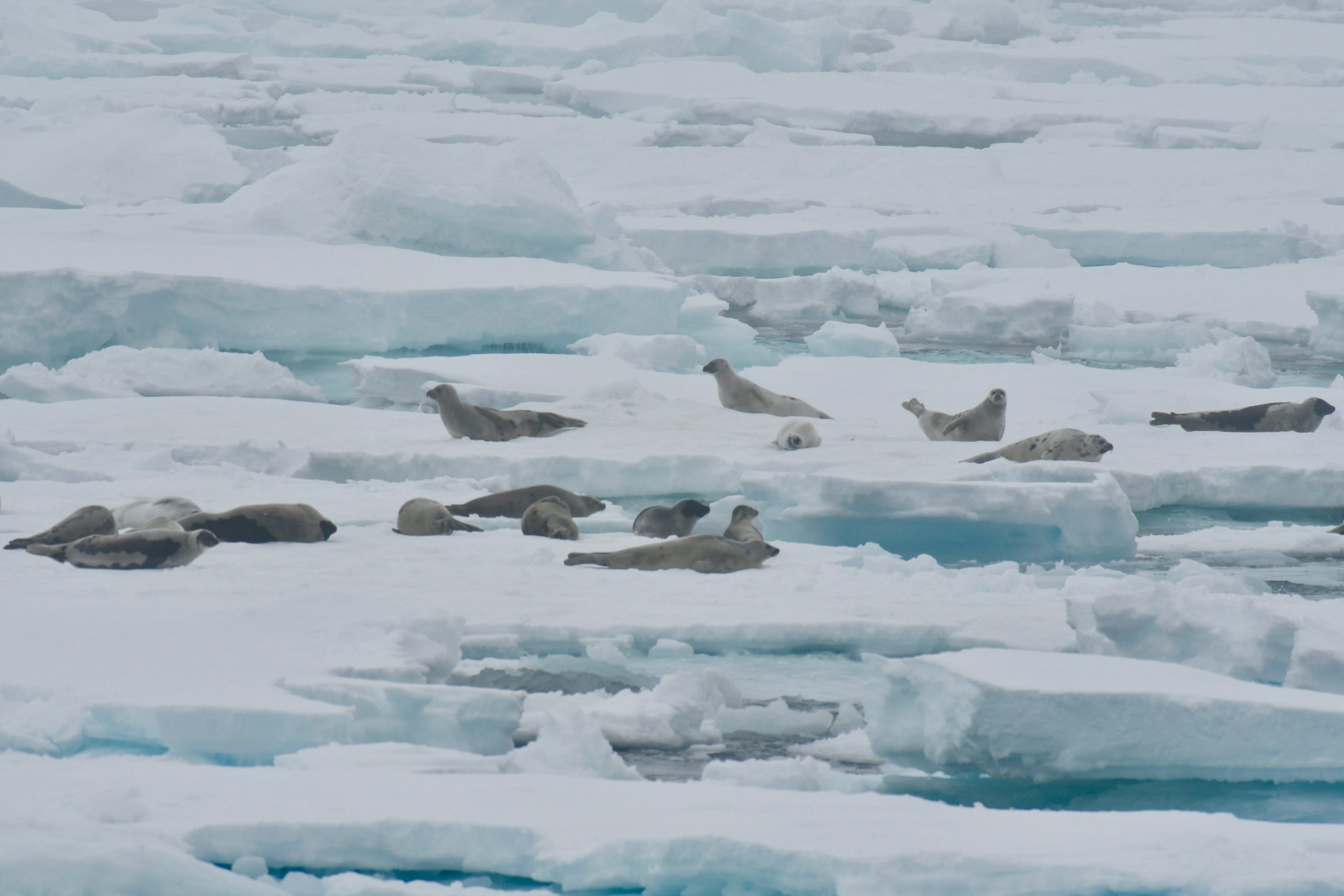
Greenland seals. Photo: Peter Prokosch 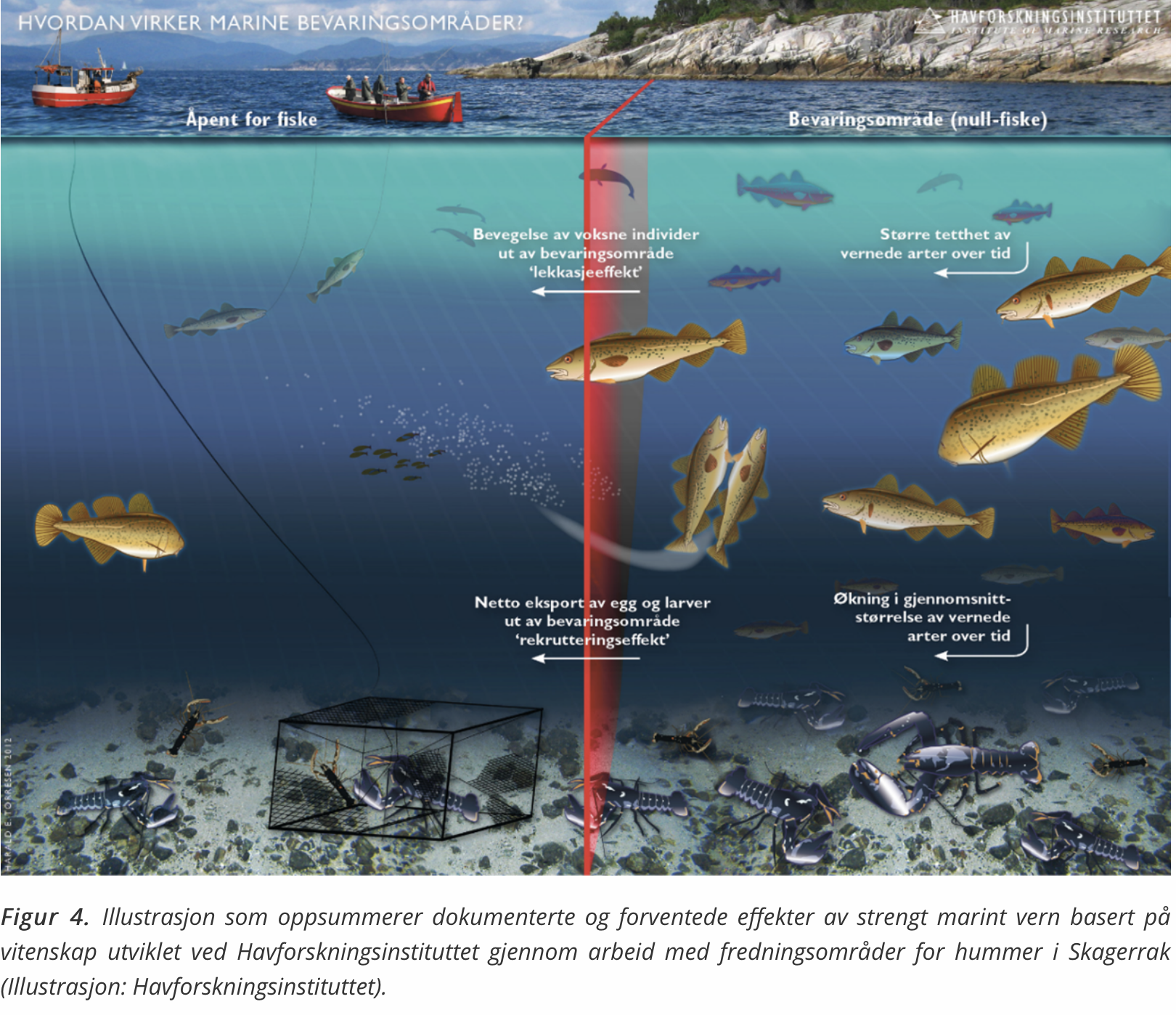
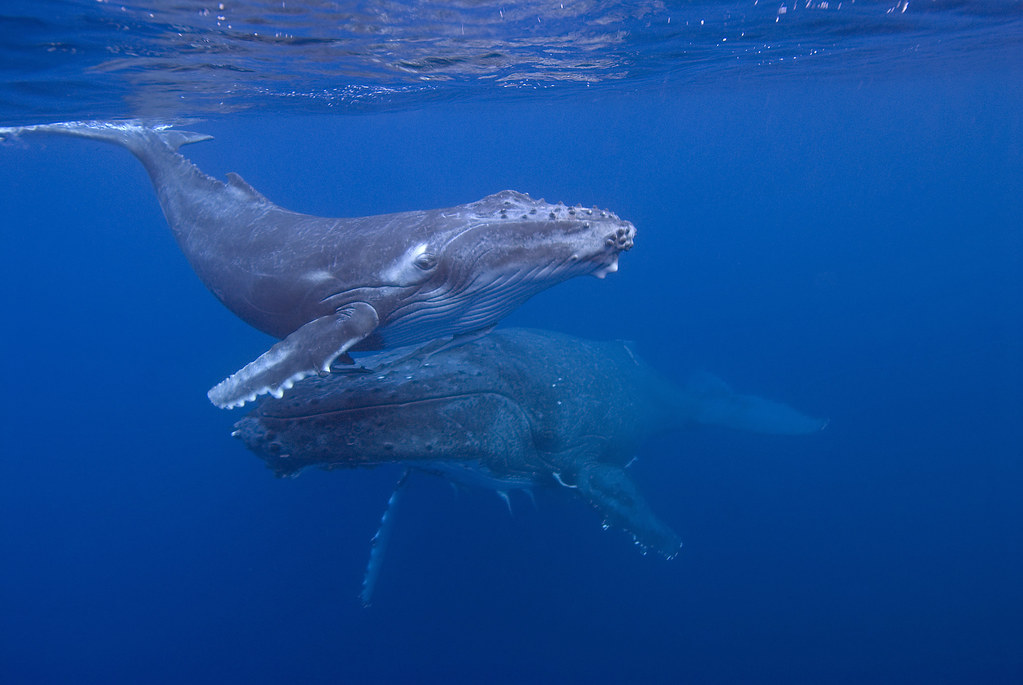
Humpback whale mother and calf, Ha’apai Islands, Tonga. Photo: Glenn Edney/GRID-Arendal 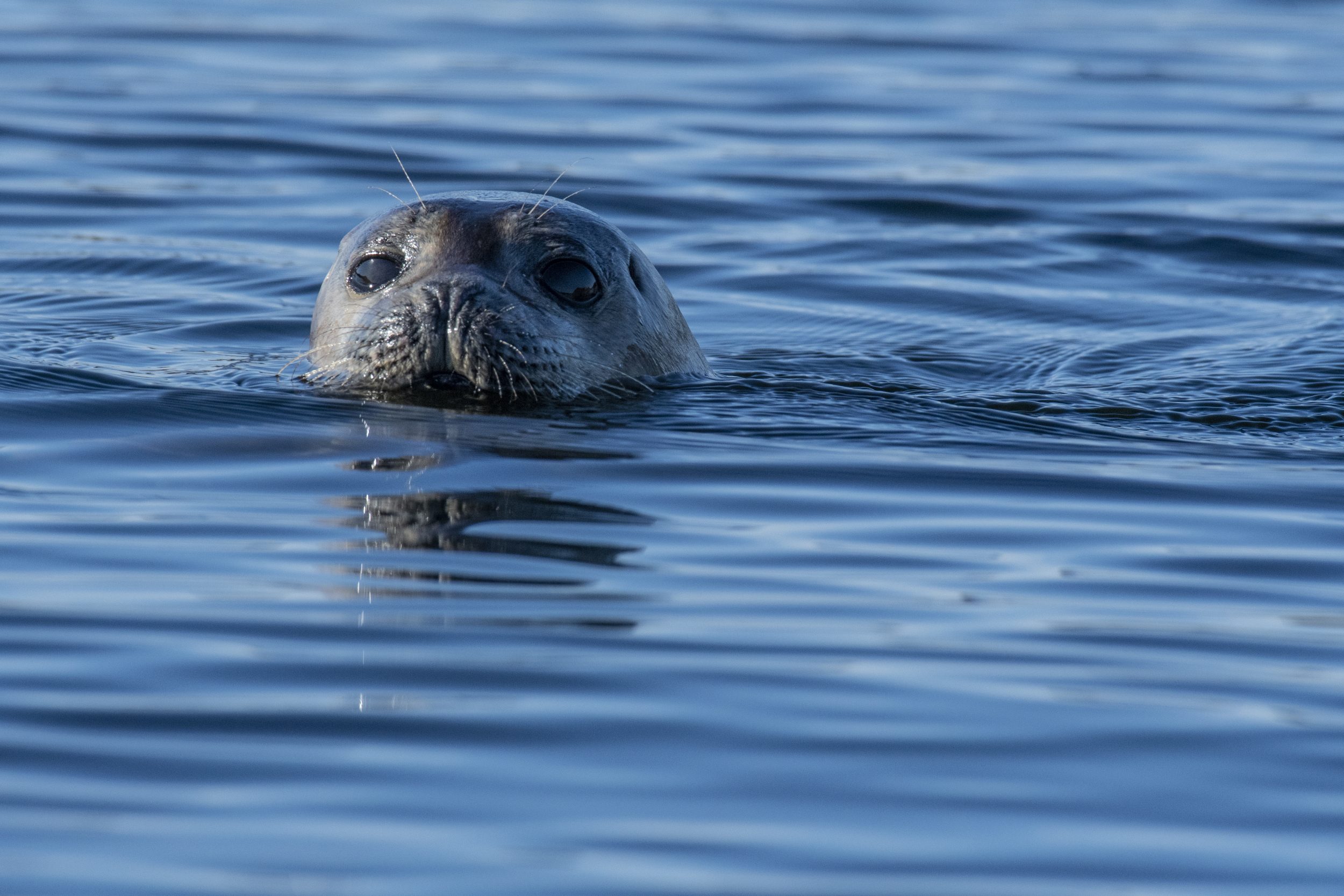
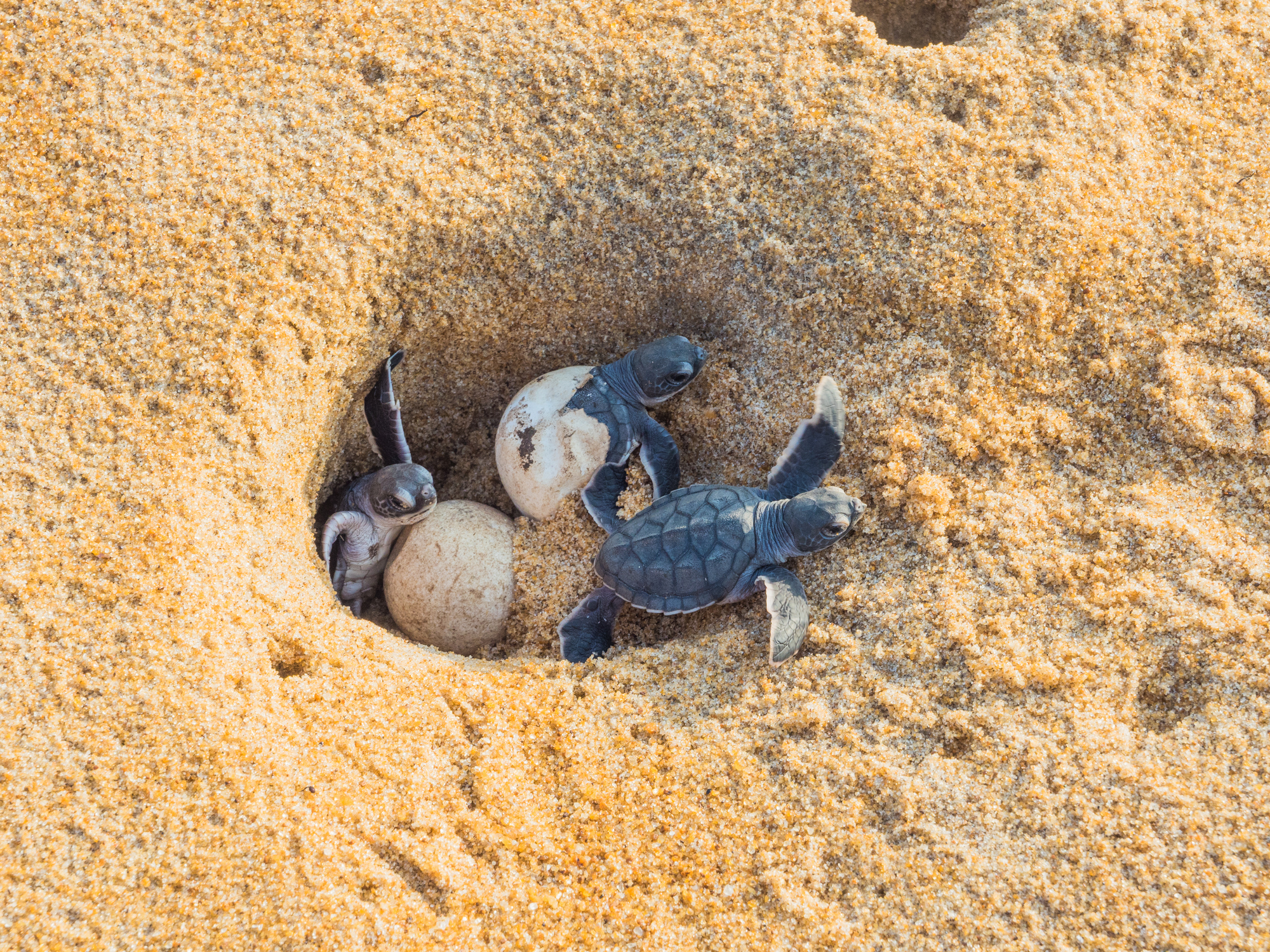
Olive ridley, Lepidochelys olivacea, hatching. Photo: CEM-Europe 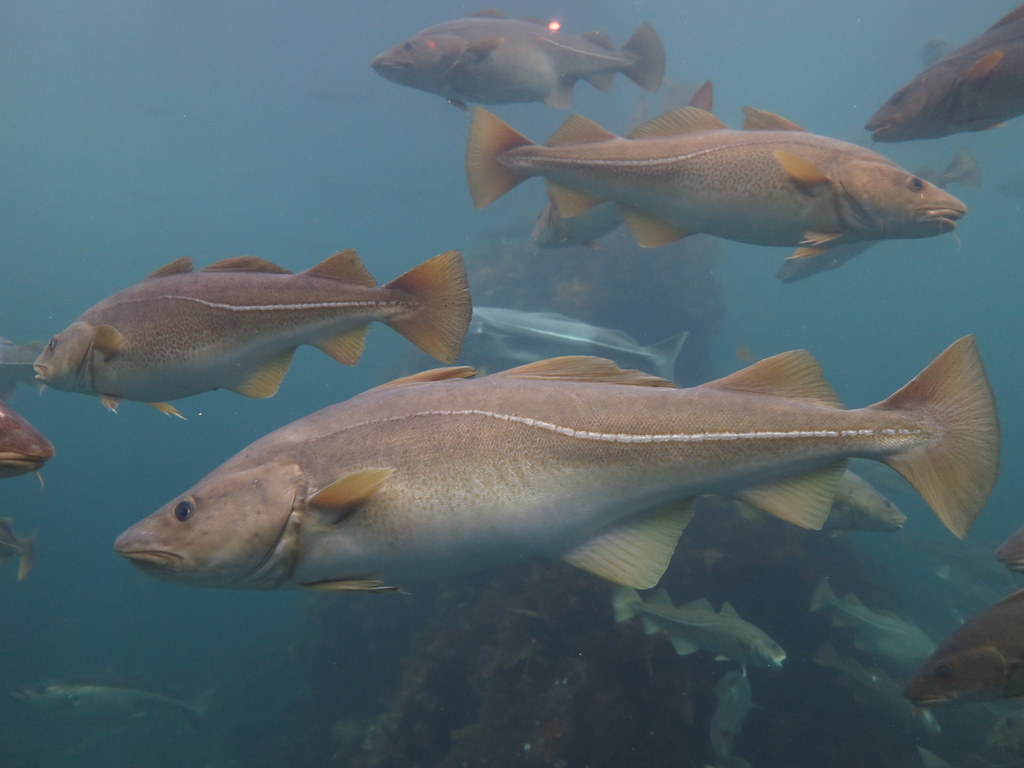
Cod (Gadus morgue). Aquarium-Photo: Peter Prokosch

